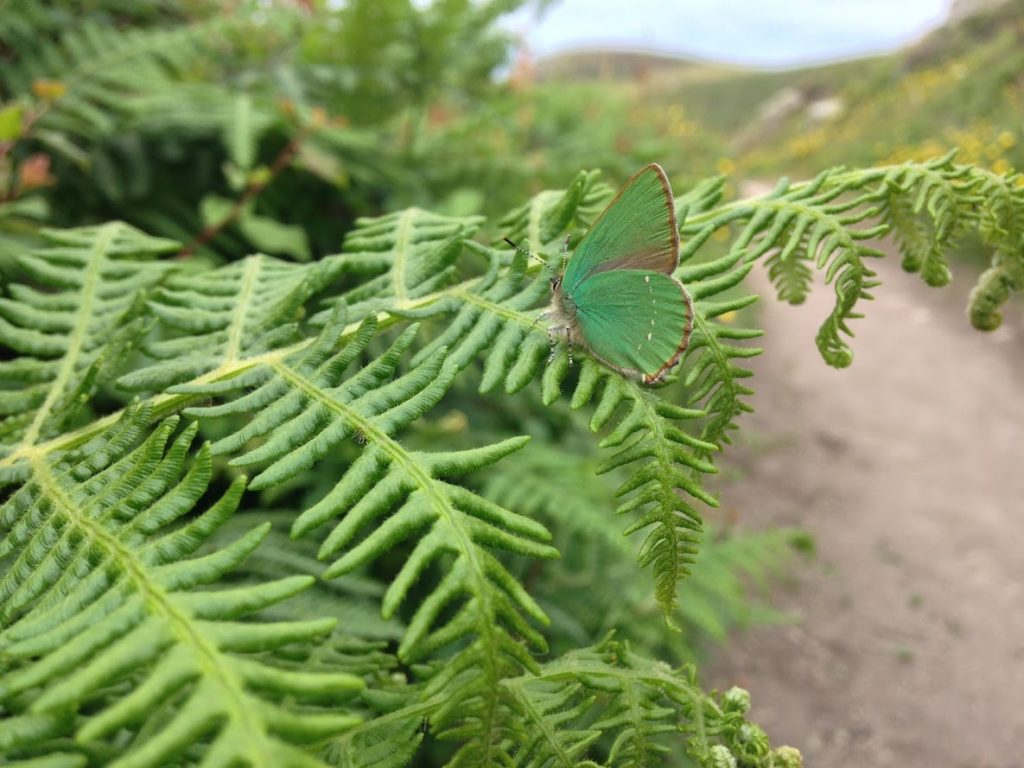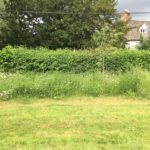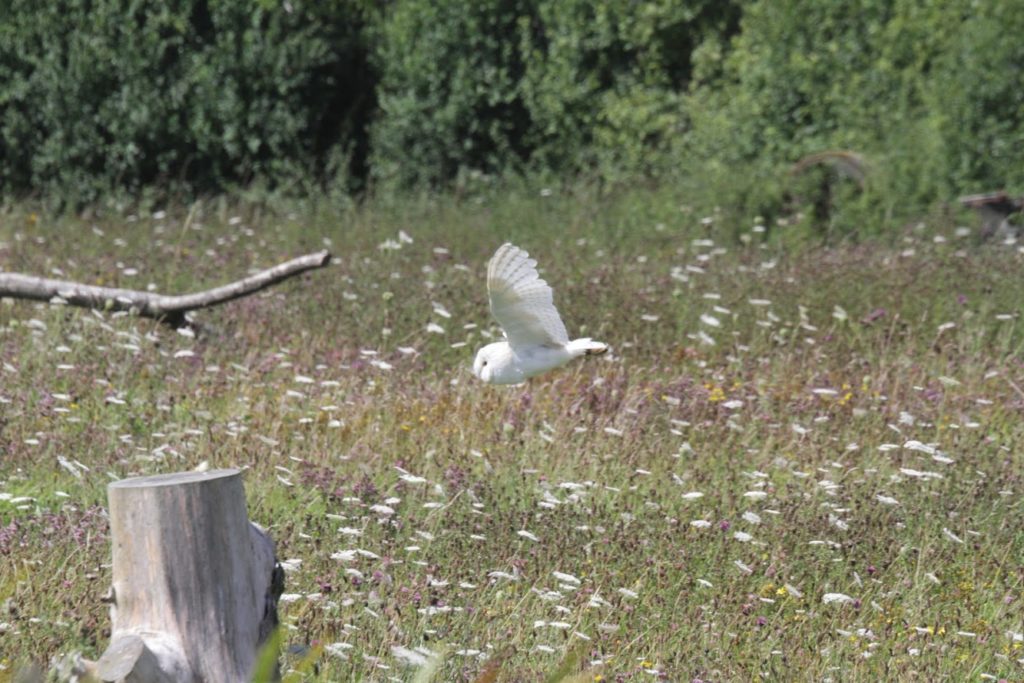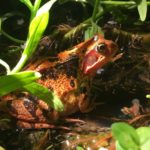Nature is on the decline and we know that fragmentation and barriers to movement are a major issue for many species. There are still areas of good habitat around, but for wildlife to prosper we need to link them up. Creating wildlife corridors also allows species to move in response to pressures like urban development and climate chaos.

A pathway for wildlife can mean many things – a hedgerow is very important to help many species move across an open landscape without making themselves overly vulnerable to predators. Other linear features like ditches, streams and rivers or roadside verges can provide refuge for other creatures. For bees and butterflies, it might be patches of wild flowers that allow a pollen pit-stop as they move across a landscape looking for somewhere suitable to lay their eggs or over-winter.
What can I do to help?
Plant/Extend a Hedge

Whether you’re a gardener or a farmer, planting a new hedge or extending an existing one can have huge benefit for wildlife. Conservation hedging provides a mix of native tree and shrub species that provide food, shelter and somewhere to breed for so many creatures. A growing hedge also sequesters carbon just like a growing tree.
Managing road verges differently
Not all road verges need to be cut on a regular basis. Many could provide an essential source of pollen for bees, butterflies and other pollinators for at least part of the year. Have a look at the Plantlife Verges campaign here plantlife.love-wildflowers.org.uk/roadvergecampaign.

“Adopt” a local green space
Does that bit of grass outside your house need to be mown every few weeks or could it be managed in a different way to become a mini-meadow or wildflower-patch instead? There are lots of alternative options – have a look at the guidance for “Action for Pollinators”. This action can save carbon and Council funds for more crucial services, as well as supporting biodiversity.
Turn your lawn into a mini -meadow
Together our gardens provide a huge green corridor and could help link up rarer habitats. They can be a rich habitat in their own right when we ensure they provide more for wildlife. Great advice here on mini-meadows and wildflower patches www.bbowt.org.uk/how-grow-wild-patch.
Create a hedgehog hole
Close-boarded garden fencing prevents wildlife from getting in or out of your garden. Hedgehogs need a much larger territory than your garden can provide – make a hole at the base of your fence and let them and other wildlife in. A hole of 13cm (5 inches) is big enough; it’s as simple as that!
Add a pond

Frogs, toads and newts often travel surprising distances between their breeding and hibernation sites. Adding a pond in your garden can provide a pit stop or alternative breeding place. You might be surprised what else turns up as many beetles and dragonfly travel from pond to pond. See “Action for Frogs and Toads” for more pond advice and useful links. We can create a network of mini wetlands across Wantage to help nature thrive!
Back to The Mix main page.
Wild Wantage images ©Mark Bradfield / Lucy Duerdoth

